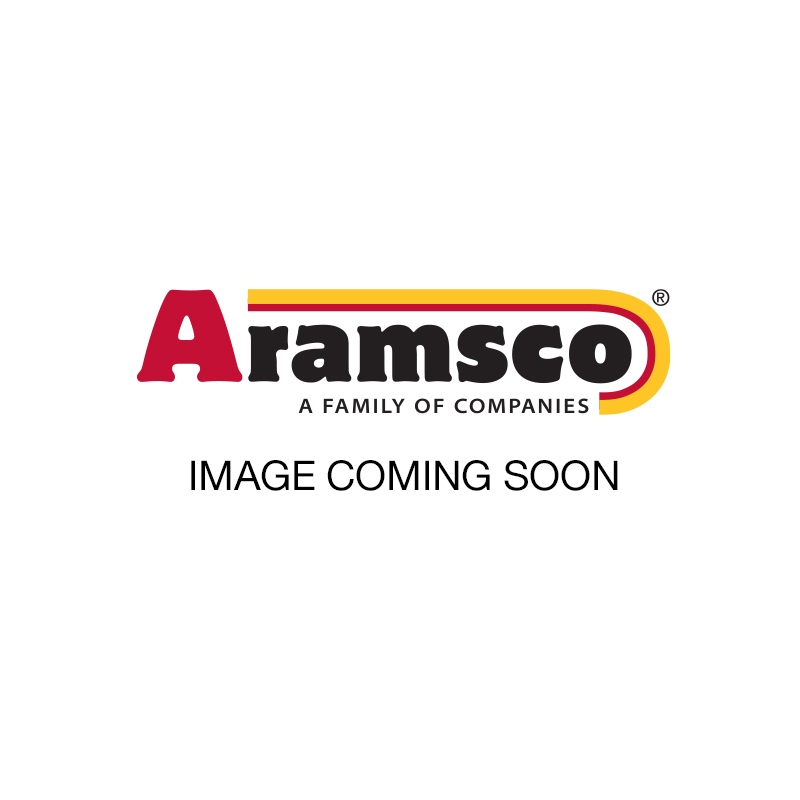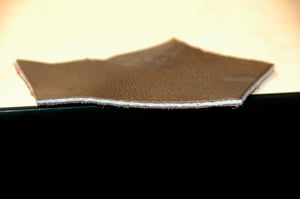Sales of home furnishings have grown at about 4% annually in the last few years. Leather continues to be a major part of that growth with the market in leather sofas alone topping $20 million in the USA last year. About one-third of all furniture includes leather. This leads more and more cleaners to consider a move into leather cleaning. If you already clean upholstery this is a very natural expansion. Not serving this market could provide an opening for competitors to work in your client’s home.
 At one time cleaners were being told that it required a multi-day class and several hundred dollars’ worth of products to be qualified to clean leather. Actually, it can be simple and inexpensive to get started and test the market to see if this is an offering that appeals to your customers. Purchase an introductory leather cleaning kit to get started. The first key is to be able to identify the various types of leather upholstery you will encounter. There are 3 main types used for furniture.
At one time cleaners were being told that it required a multi-day class and several hundred dollars’ worth of products to be qualified to clean leather. Actually, it can be simple and inexpensive to get started and test the market to see if this is an offering that appeals to your customers. Purchase an introductory leather cleaning kit to get started. The first key is to be able to identify the various types of leather upholstery you will encounter. There are 3 main types used for furniture.
The first is Protected leather also known as pigmented or type P leather. Protected leather has had opaque pigments or coloration applied. This hides all the natural markings and scars that were originally on the animal hide. The result is a very uniform appearance. A pattern may be embossed to give the appearance of the grain.
A clear protective coating of polyurethane is then applied. This makes the leather easy to clean, but protected leather will still require cleaning and a revitalizer to keep it supple and prevent cracking as it ages. Protected leather will eventually get worn areas where the protective coating is gone and maybe some of the colors have been removed. This requires more extensive cleaning and perhaps recoloring. You can also refresh the level of protection similar to the upselling protector when cleaning the carpet. Protected leather is the least expensive of the true leather types. It makes up more than 80% of all the leather furniture sales and almost 100% of leather automobile upholstery, the exception being some luxury automobiles.
Aniline or type A leather is made from premium quality animal hides. The soluble dyes used on aniline leather are transparent like the stain applied to a wood floor. They can be absorbed into the leather rather than the paint-like coating on pigmented leather. This allows the original grain pattern on the hide to show along with any marks such as scratches, scars from barbed wire, bug bites, branding marks, and wrinkles. The surface is not mechanically changed.
Because there is not a heavy layer of pigment and an added protective coating, aniline leather will look natural and feel soft, supple, and luxurious. Aniline is more expensive and is used in high-end furniture. It accounted for almost 12% of leather furniture sales in 2011.
The third kind of furniture leather is Nubuck (AKA Nubuk) or type N. Variations of nubuck include distressed leather and bomber leather. It is sometimes called suede since it has a very similar appearance. There is one key difference between nubuck and suede. Nubuck is a split that reveals the skin side of a hide whereas suede is the inside or flesh side of the leather. It is treated by sanding or buffing to give it a raised nap like suede. Nubuck is very soft. It is also more durable than suede because suede is made from a split of the leather that is of lower quality. Suede is not normally used for furniture.
 There is a fourth product often sold as leather. This is bonded leather. Depending upon the number of layers pressed together it is also called bi-cast and tri-cast leather. This is the leather world’s equivalent of particleboard. Scrap fibers from the leather tannery are mixed with fabric and latex and pressure bonded into a flat mat that can have the look and feel of leather. It may be embossed to give it a grain look. Bonded leather is very inexpensive. It looks good at first but is not very durable. It can quickly develop worn areas that may tear or crack during cleaning.
There is a fourth product often sold as leather. This is bonded leather. Depending upon the number of layers pressed together it is also called bi-cast and tri-cast leather. This is the leather world’s equivalent of particleboard. Scrap fibers from the leather tannery are mixed with fabric and latex and pressure bonded into a flat mat that can have the look and feel of leather. It may be embossed to give it a grain look. Bonded leather is very inexpensive. It looks good at first but is not very durable. It can quickly develop worn areas that may tear or crack during cleaning.
How do you identify each type in the field?
With experience, you will learn to ID leather by appearance and feel. Close your eyes and rub the surface with the back of your hand. Protected leather feels smooth and cool. It will be stiffer than other types of leather. The feel of aniline will be soft with a warmer feel than protected leather. A velvety nap indicates nubuck. A pipette or eyedropper can be used to apply a drop of water to the surface. The drop will roll off protected leather. Water will be absorbed by the aniline leather turning it dark temporarily. It will lighten as it dries. Nubuck leather will darken and stay dark until the nap is raised by brushing.
Another simple test can be done with your fingernail. Go to an inconspicuous area and scratch the leather. Protected leather, which has a top coat of polyurethane resins, will not leave a mark. Aniline or Nubuck will leave a lighter mark. Massage the leather to return it to the original color. If you are still not certain which type you are dealing with, a final test can help distinguish between aniline and nubuck. Find an inconspicuous place and rub in a few drops of a leather protector. Dry with warm air from a hairdryer blowing across the (not directly at) the spot. Protected leather will not absorb much of the protector. Aniline will dry clear with no change to the texture. Protector will cause nubuck to mat down and darken.
What about bonded leather? Bonded leather is normally sold for much less than other types of leather. If you can learn the cost of the piece you are cleaning, that can give a major clue. A chair or sofa may have developed worn areas even though it is less than a year old. If you can see a cross-section where the material has been cut such as inside a cushion, bonded leather will look like a sandwich of layers.
DATA
The Global Leather Sofa market was valued at US$ 20,321.1 Mn in 2018 and is projected to increase significantly at a CAGR of 10.4% from 2019 to 2028.

The furniture market represents approximately 14% of the leather demand globally. According to the Furniture Today Upholstery Fabric and Style Survey approximately 32% of furniture is made from leather and suede’s. In an effort to track the demand for leather furniture the JLDI will track the month over month changes of furniture retail sales as represented by the Commerce Departments Advanced Retail Sales report.
-Scott Warrington
